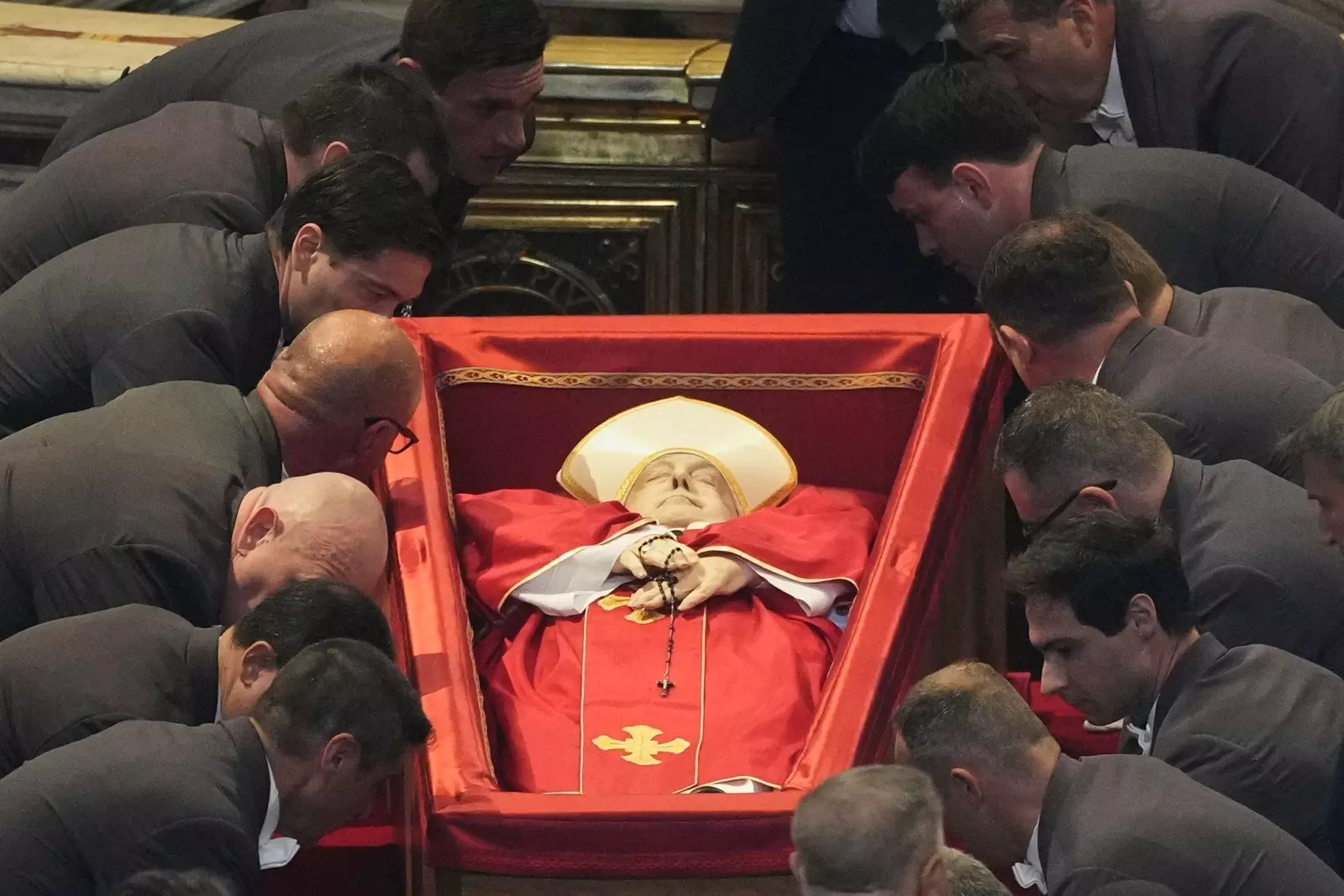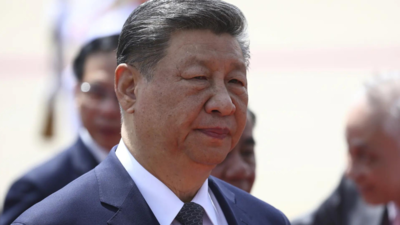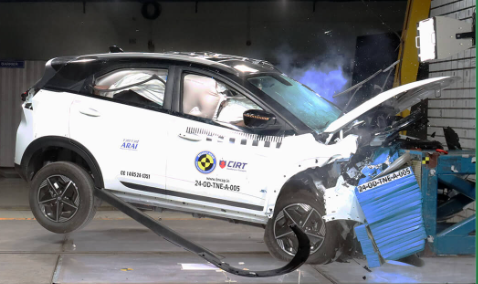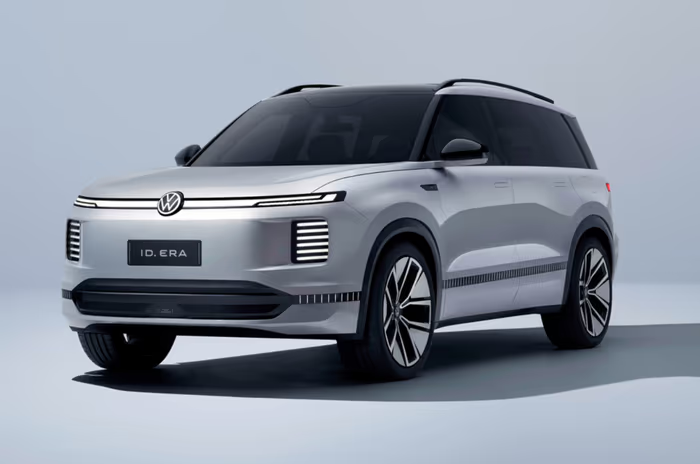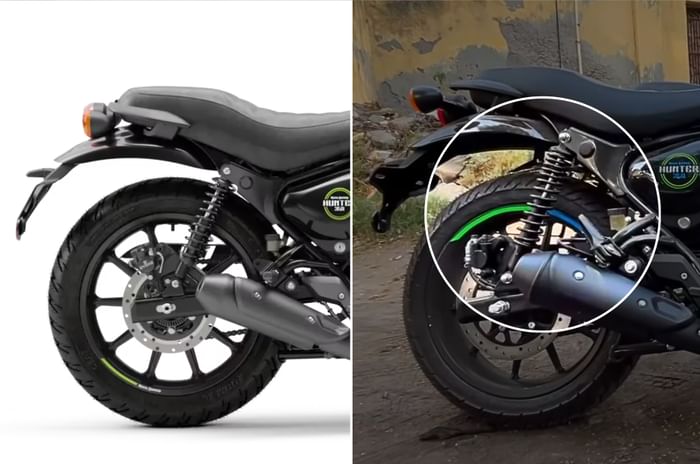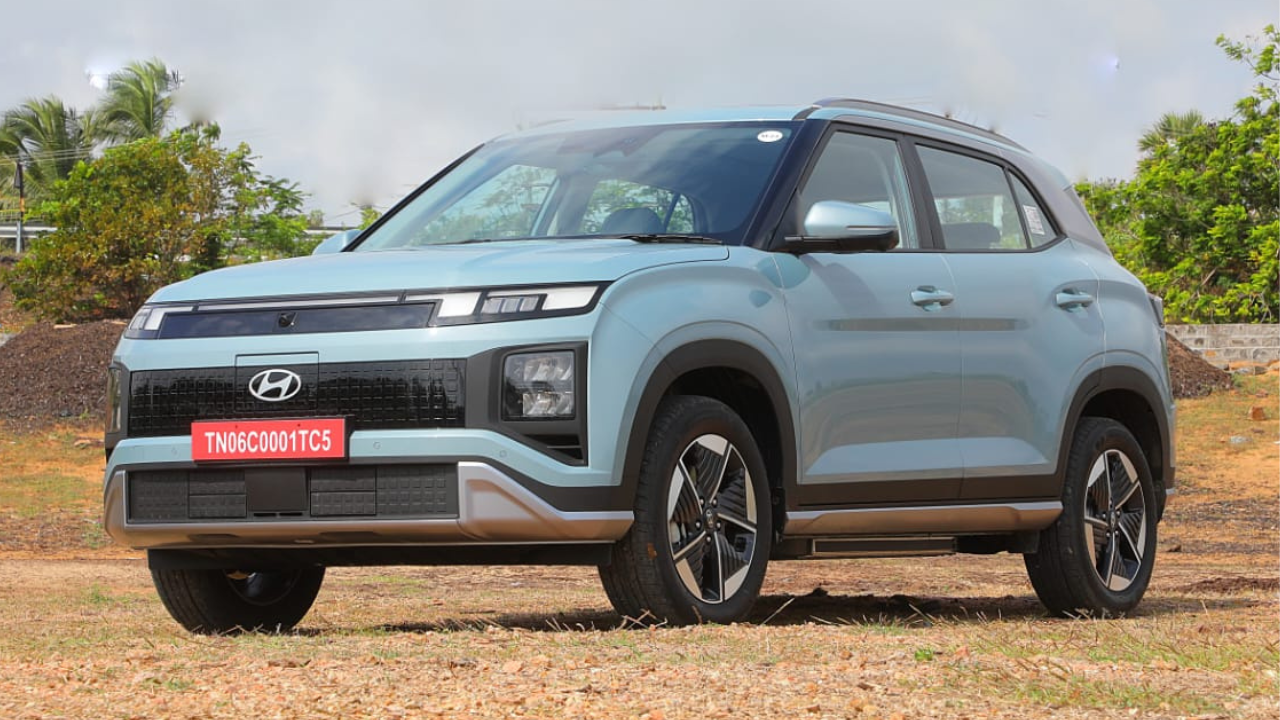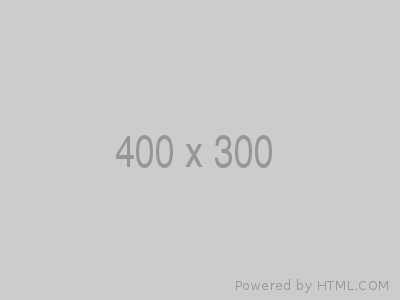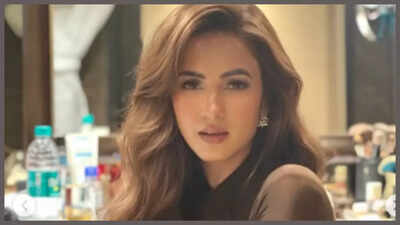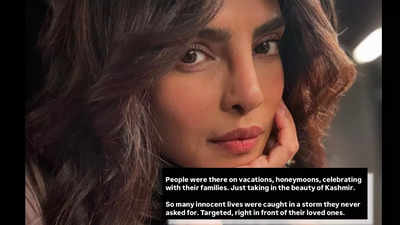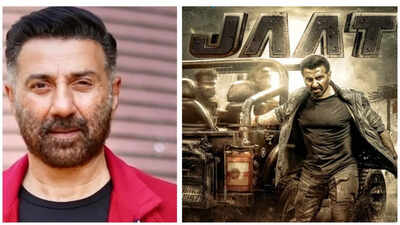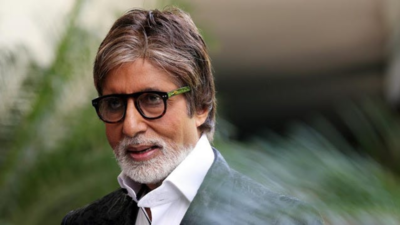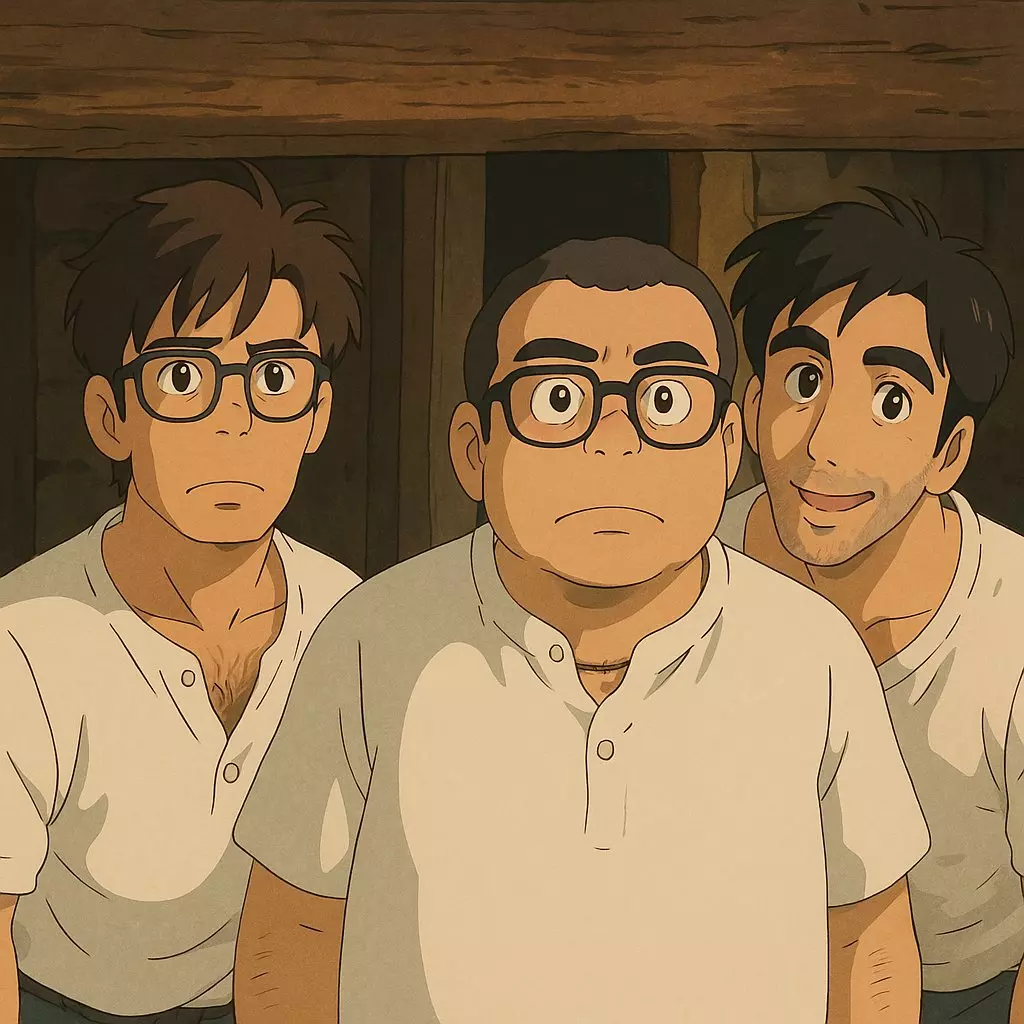
The recent surge of Studio Ghibli-inspired images generated by artificial intelligence has reignited a heated debate on the ethics of AI-generated art, raising critical concerns over copyright, artist consent, and the commercialization of creative work.
The trend, which quickly gained momentum across social media platforms, showcased highly stylized artworks mimicking the signature aesthetics of the renowned Japanese animation studio. While visually compelling, these images have prompted widespread backlash from artists and creatives who argue that such tools rely heavily on artwork scraped from the internet—often without consent or credit to the original creators.
At the heart of the controversy is how AI models are trained. These systems analyze vast datasets comprising millions of artworks to “learn” artistic styles and generate new visuals from simple text prompts. Although developers of these tools claim their software generates original content through learned patterns, critics point out that the very foundation of these outputs is built upon the unlicensed use of existing art.
“There’s no originality in typing a few words,” said an independent illustrator. “The AI’s creativity is nothing without the real art it was trained on.”
While some proponents argue that AI is merely learning from public domain material—citing historic figures like Van Gogh, Monet, and Dali—questions remain about how much of contemporary artists’ work is being harvested without permission. And with no clear mechanism to compensate or even notify these creators, many feel exploited.
The issue extends beyond individual rights. It highlights the growing tension between human creativity and corporate profit. Tech companies developing these tools often reap significant financial benefits, while the artists whose styles fuel these models are excluded from both recognition and revenue.
This dynamic has left many questioning the future of artistry in an AI-dominated era. If corporations can freely monetize the creative labor of others, what does that mean for the value of human expression?
The call for regulation is growing louder. Advocates are urging governments to implement transparent guidelines that protect intellectual property and ensure artists have control over how their work is used. Without such safeguards, critics warn, the integrity of art itself may be compromised.
Art, after all, is more than a visual product—it is a cultural narrative. As technology evolves, society faces a pivotal moment: to redefine authorship, ownership, and the ethical use of creative work in a digital age. The Studio Ghibli AI art trend may be just the beginning of a larger reckoning in how we create, consume, and protect art in the 21st century.








